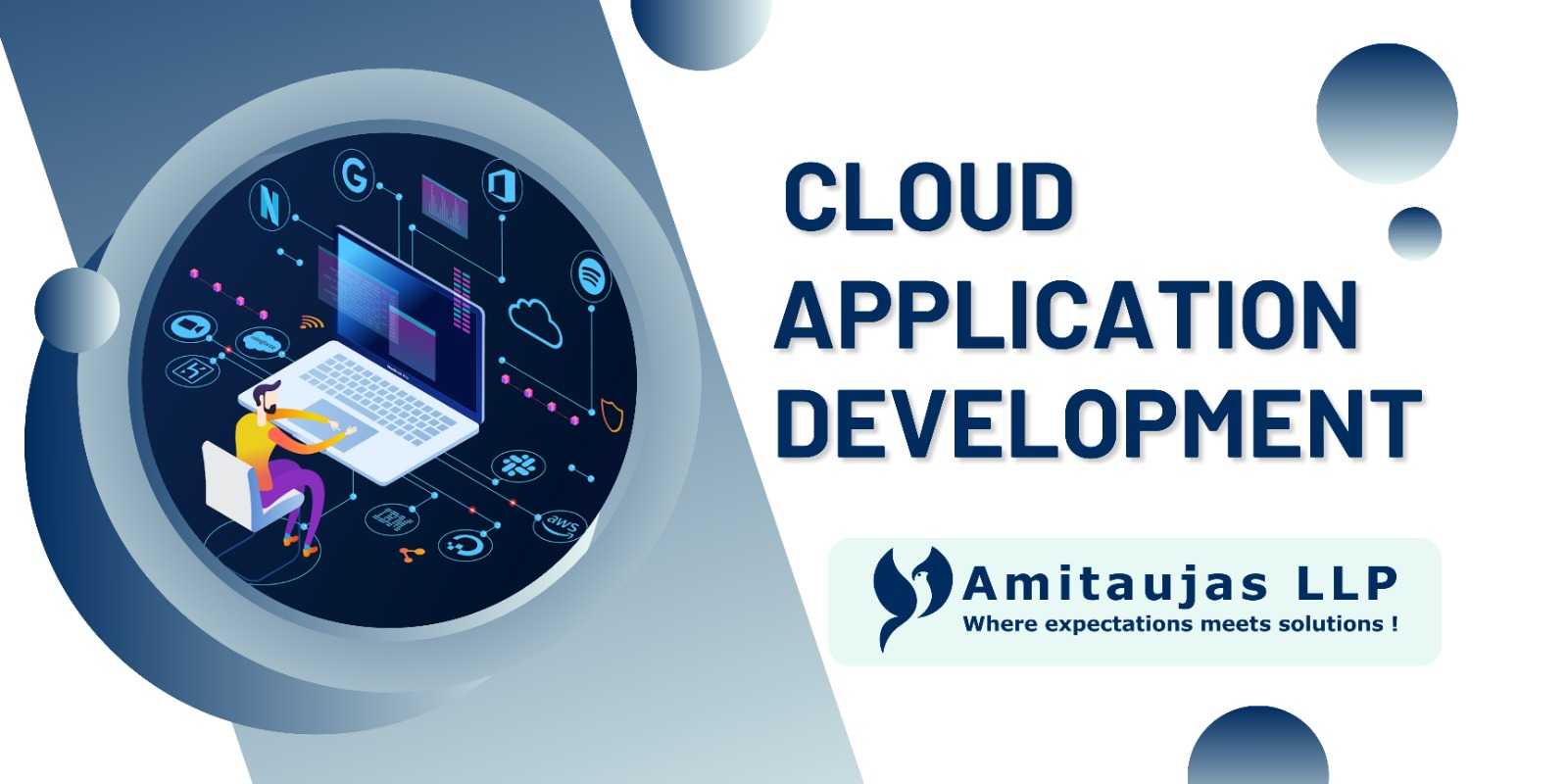
Cloud Application Development
Cloud application development refers to the creation of software solutions where components are stored and run on cloud infrastructures rather than on local servers or individual computers. These programs are available through Internet-connected devices and provide businesses with flexibility and scalability.
Requirements gathering: Working with stakeholders to understand their needs and requirements hope
Market research: Analyzing competitors and market trends to refine the project's unique value proposition.
Resource estimation: Consider cloud resources needed (eg, storage, computing power) and budget implications.
Compliance and Legal Considerations: Identify the legal or regulatory requirements that apply to your application and data
Service-Oriented Architecture (SOA): Define how services interact and communicate, using APIs.
Microservices vs. monolithic: Choose between a microservices architecture for flexibility and scalability or a monolithic approach for flexibility.
Data Processing: Choose the right database (SQL, NoSQL) and data storage solutions based on your application needs.
High availability and failure: Design for redundancy without ensuring that the application is available in case of failure.
Cloud development tools: Use SDKs, frameworks and cloud-specific services (e.g. AWS Lambda for virtualization, Azure DevOps for CI/CD).
Version Control: Use systems like Git for source code management and collaboration.
Requirements: Use container technologies such as Docker for development and deployment environments.
API development: Design and implementation of APIs for communication between services and external systems.
Test Automation: Run unit tests, integration tests, and end-to-end tests using tools like JUnit, Selenium, or cloud-testing services.
Performance testing: Evaluate how you handle the load and stress using tools like Apache JMeter or cloud-based performance testing services.
Security Testing: Conduct vulnerability assessment and penetration testing to identify and resolve security issues.
Configuration Management: Use tools like Ansible, Chef, or Puppet to automate configurations and deployment processes.
Deployment Strategy: Choose strategies such as blue-green deployment, canary deployment, and rolling updates to minimize downtime and risk.
Infrastructure as Code (IaC): Consider cloud resources needed (eg, storage, computing power) and budget implications.
Application Performance Monitoring (APM): Use tools such as New Relic, Datadog, or AWS CloudWatch to monitor application health and performance.
Error Tracking: Implement error tracking solutions (such as Sentry) to capture and manage application errors.
Manage problems: Organize response and management processes to resolve issues quickly.
Identity and Access Management (IAM): Implement access control and policy-based access.
Data Protection: Encrypt sensitive data at rest and in transit. Use tools and services for key management.
Compliance: Review and ensure compliance with standards such as GDPR, HIPAA, or SOC 2, depending on your industry.
Cost Management: Track and manage cloud costs using tools such as AWS Cost Explorer or Google Cloud Cost Management Tools.
Performance Tuning: Regularly monitor performance metrics and optimize resource usage (eg, right-sizing, query optimization).
What is Cloud Application Development?
Each stage of cloud application development
1. Conceptualization and planning:
2. Architectural design:
3. Development:
4. Testing:
5. Implementation:
6. Monitoring and Maintenance:
7. Security:
8. Optimization:
